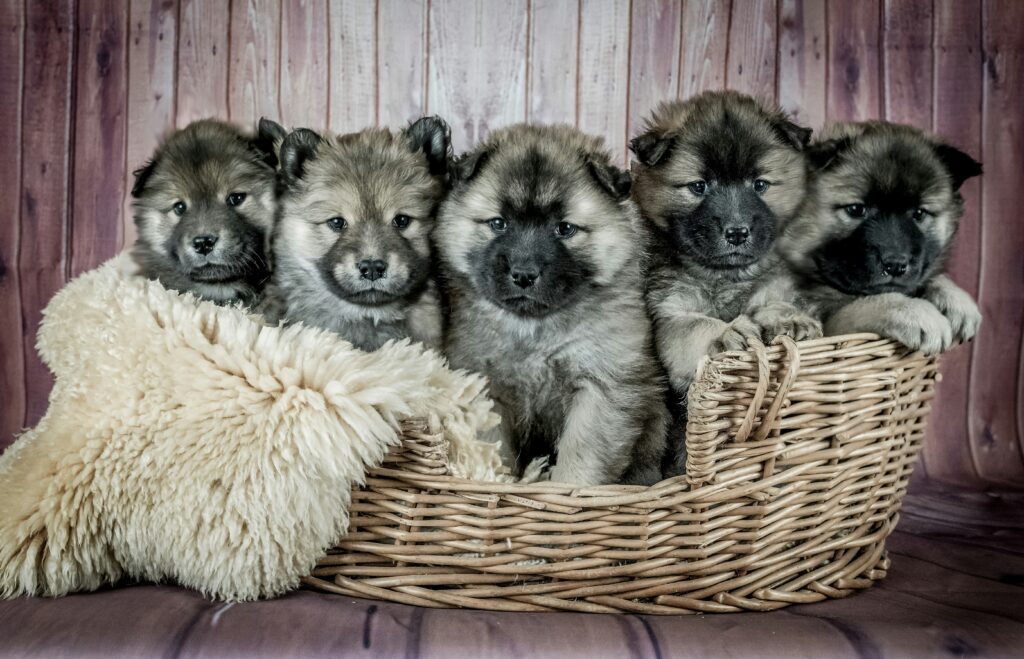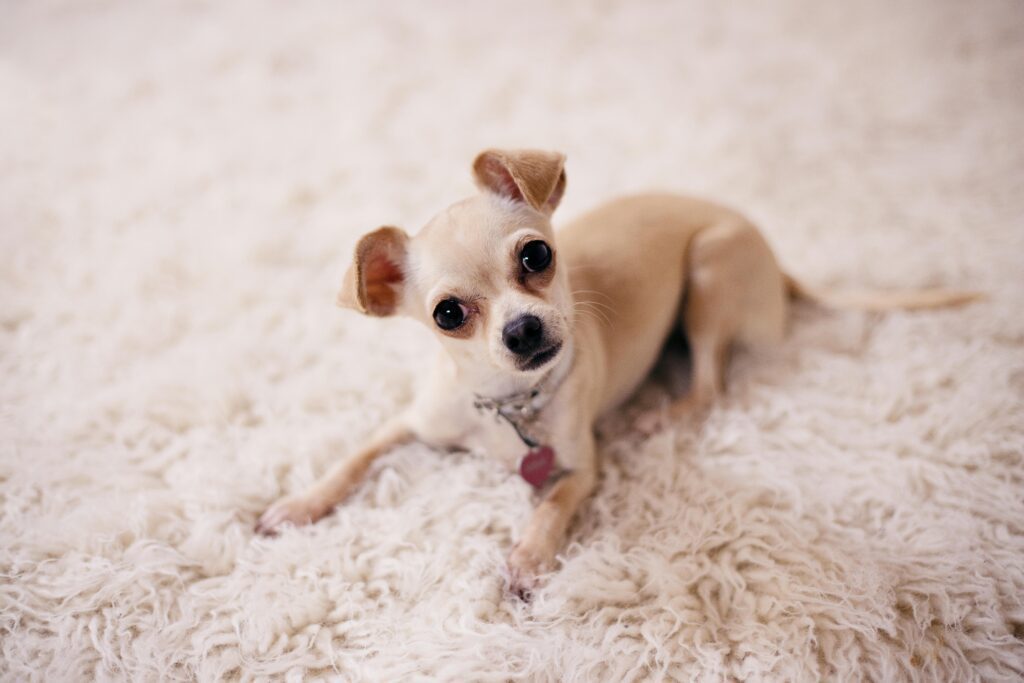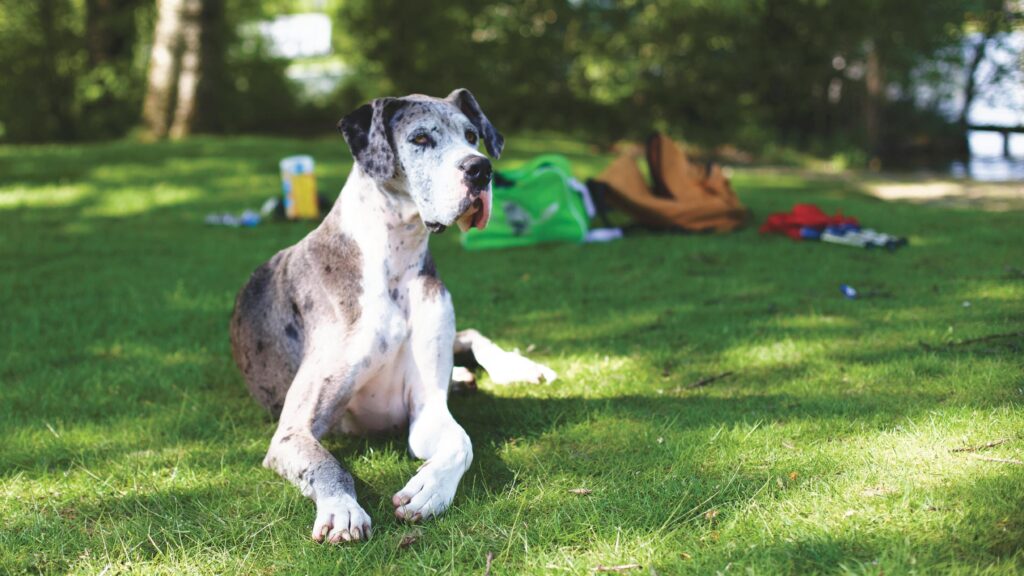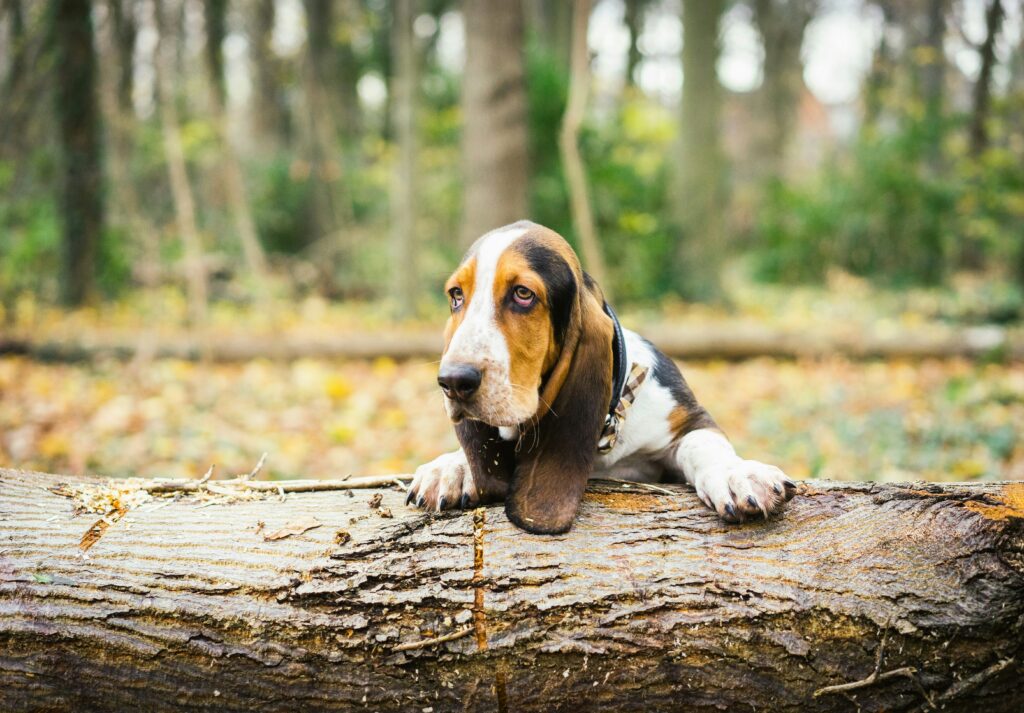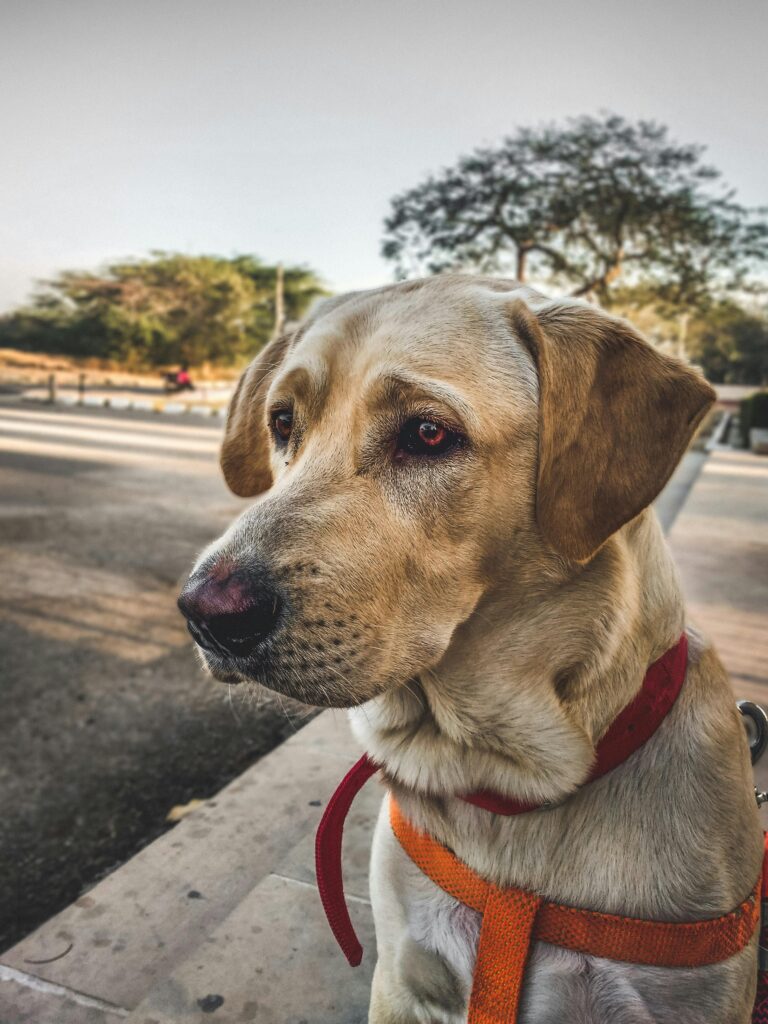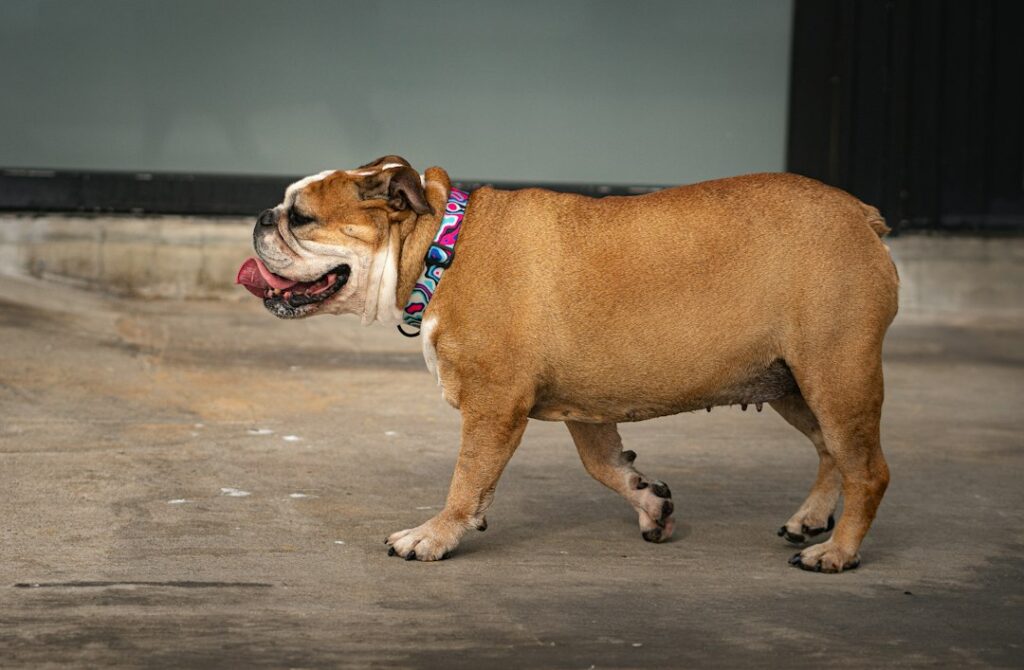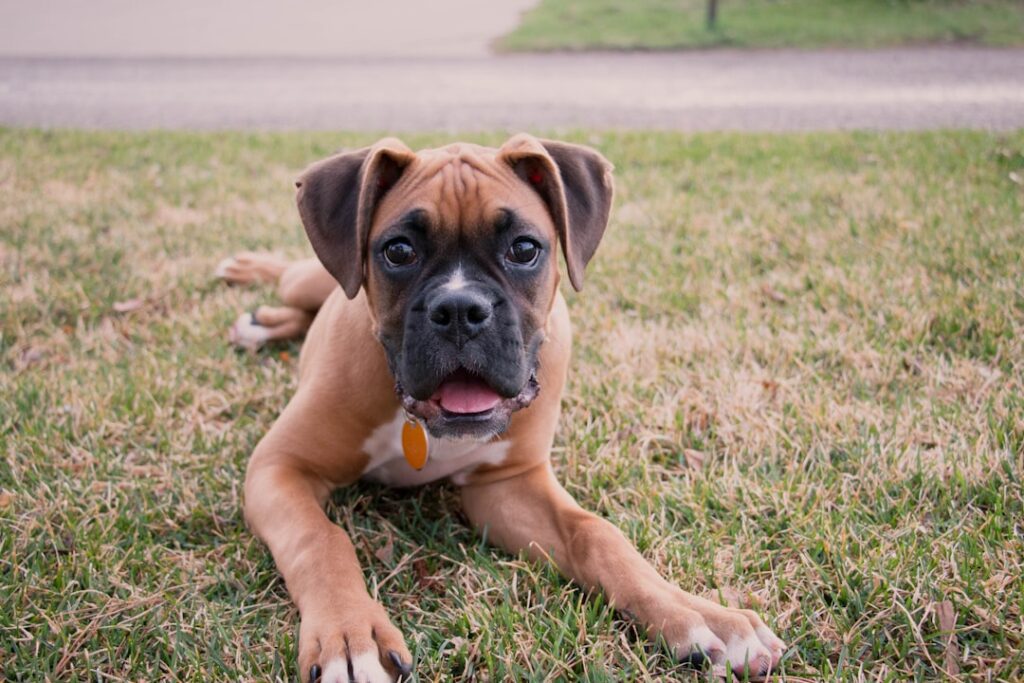Expensive dog breeds are those that come with a hefty price tag due to various factors such as rarity, demand, and breeding quality. These breeds are often sought after by dog enthusiasts and collectors who are willing to pay top dollar for a unique and prestigious pet. While the cost of these breeds can be quite high, many people choose to own them for their beauty, intelligence, and loyalty. The Top 10 Most Expensive Dog Breeds in the World 1. Tibetan Mastiff: Known for its majestic appearance and protective nature, the Tibetan Mastiff is one of the most expensive dog breeds in the world. With an average price ranging from $5,000 to $9,000, this breed is highly sought after by dog lovers. 2. Samoyed: The Samoyed is a fluffy and friendly breed that is known for its beautiful white coat. With an average price of $4,000 to $11,000, this breed is not only expensive but also requires regular grooming to maintain its stunning appearance. 3. English Bulldog: The English Bulldog is a popular breed known for its distinctive wrinkled face and muscular build. With an average price ranging from $2,500 to $9,000, this breed is highly sought after by dog enthusiasts. 4. Chow Chow: The Chow Chow is a unique breed with a lion-like appearance and a thick double coat. With an average price ranging from $3,000 to $8,500, this breed is known for its loyalty and protective nature. 5. Rottweiler: The Rottweiler is a powerful and intelligent breed that is often used as a working dog. With an average price ranging from $2,000 to $8,000, this breed requires proper training and socialization to ensure it grows up to be a well-behaved companion. 6. French Bulldog: The French Bulldog is a small and compact breed known for its bat-like ears and playful personality. With an average price ranging from $1,500 to $8,000, this breed is a popular choice among city dwellers due to its adaptability to apartment living. 7. Cavalier King Charles Spaniel: The Cavalier King Charles Spaniel is a small and affectionate breed known for its long, silky coat and friendly nature. With an average price ranging from $1,800 to $7,000, this breed is a popular choice for families and individuals looking for a loyal companion. 8. Afghan Hound: The Afghan Hound is a regal and elegant breed known for its long, flowing coat and graceful movements. With an average price ranging from $2,000 to $6,500, this breed requires regular grooming to maintain its stunning appearance. 9. Pharaoh Hound: The Pharaoh Hound is an ancient breed known for its sleek and athletic build. With an average price ranging from $2,500 to $6,000, this breed is highly sought after by dog enthusiasts who appreciate its unique appearance and hunting abilities. 10. Akita: The Akita is a large and powerful breed known for its loyalty and protective nature. With an average price ranging from $1,500 to $4,500, this breed requires proper training and socialization to ensure it grows up to be a well-behaved companion. The Cost of Owning an Expensive Dog Breed Owning an expensive dog breed comes with various costs that go beyond the initial purchase price. Factors that contribute to the cost of owning an expensive dog breed include food, grooming, veterinary care, training, and accessories such as toys and bedding. These costs can add up quickly and should be taken into consideration before deciding to bring home an expensive dog breed. On average, the cost of owning an expensive dog breed can range from $1,000 to $3,000 per year. This includes expenses such as high-quality dog food, regular grooming sessions, annual vaccinations and check-ups, training classes, and other miscellaneous costs. Additionally, some breeds may have specific health issues that require specialized veterinary care, which can further increase the cost of ownership. How Breeding Affects the Price of a Dog Breeding plays a significant role in determining the price of a dog. Dogs that come from reputable breeders who prioritize health, temperament, and breed standards are often more expensive than those from backyard breeders or puppy mills. Responsible breeders invest time, effort, and resources into breeding healthy and well-socialized puppies, which contributes to the higher price tag. Responsible breeding involves conducting health tests on the parent dogs to ensure they are free from genetic diseases that are common in the breed. It also involves carefully selecting breeding pairs based on their temperament and conformation to the breed standard. Additionally, responsible breeders provide proper care and socialization for the puppies during their early development stages. The Role of Rarity in the Cost of a Dog Breed Rarity is another factor that affects the cost of a dog breed. Breeds that are rare or have a limited population tend to be more expensive due to their scarcity. This is often seen in breeds that are relatively new or have a small gene pool. The rarity of a breed can be influenced by various factors such as geographical location, popularity, and breeding practices. For example, some breeds may be more common in certain countries or regions, while others may have a limited presence worldwide. Additionally, breeds that are popular among celebrities or have gained media attention tend to have higher demand and therefore higher prices. The Most Expensive Dog Breeds for Show and Competition Certain dog breeds are highly sought after for show and competition purposes, which can drive up their price. These breeds are often chosen for their physical attributes, temperament, and trainability, which make them stand out in the show ring or excel in various dog sports. Some of the most expensive dog breeds for show and competition include the Afghan Hound, Doberman Pinscher, German Shepherd, Golden Retriever, and Poodle. These breeds are known for their beauty, intelligence, and ability to perform well in various dog sports such as obedience, agility, and conformation shows. The Most Expensive Dog Breeds for Protection and Security Certain dog breeds are highly valued for their protective instincts and ability to provide security. These

